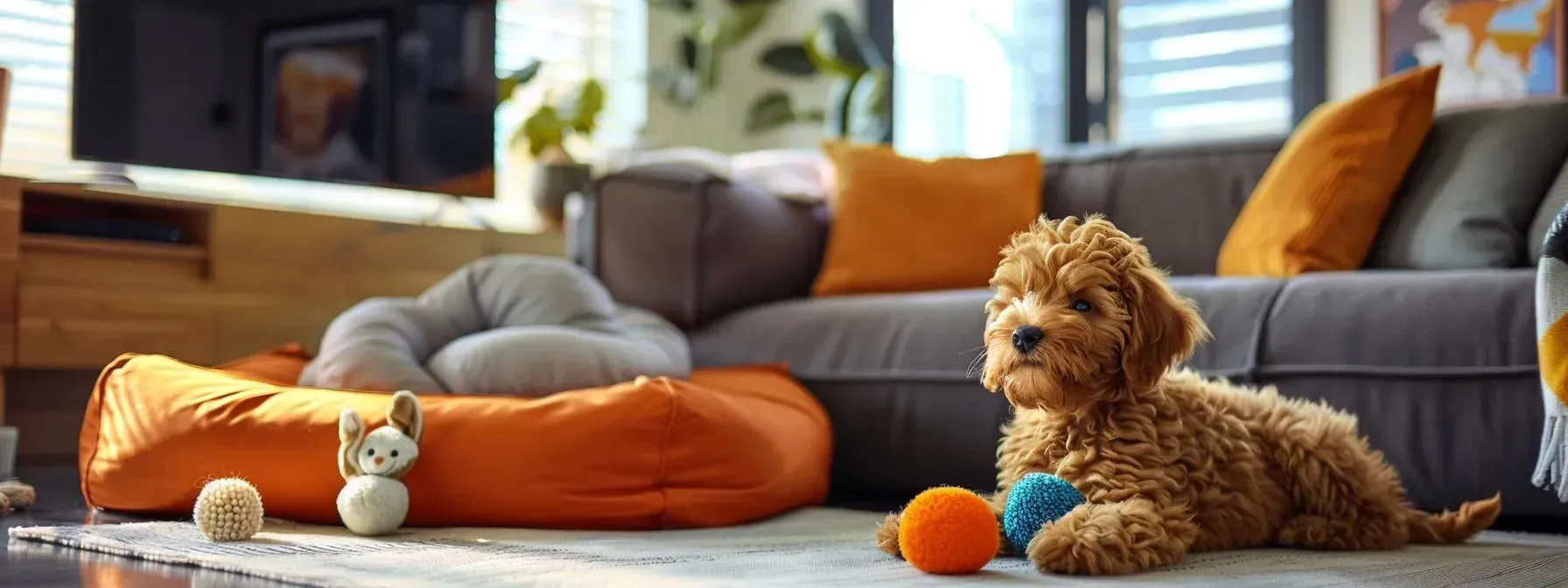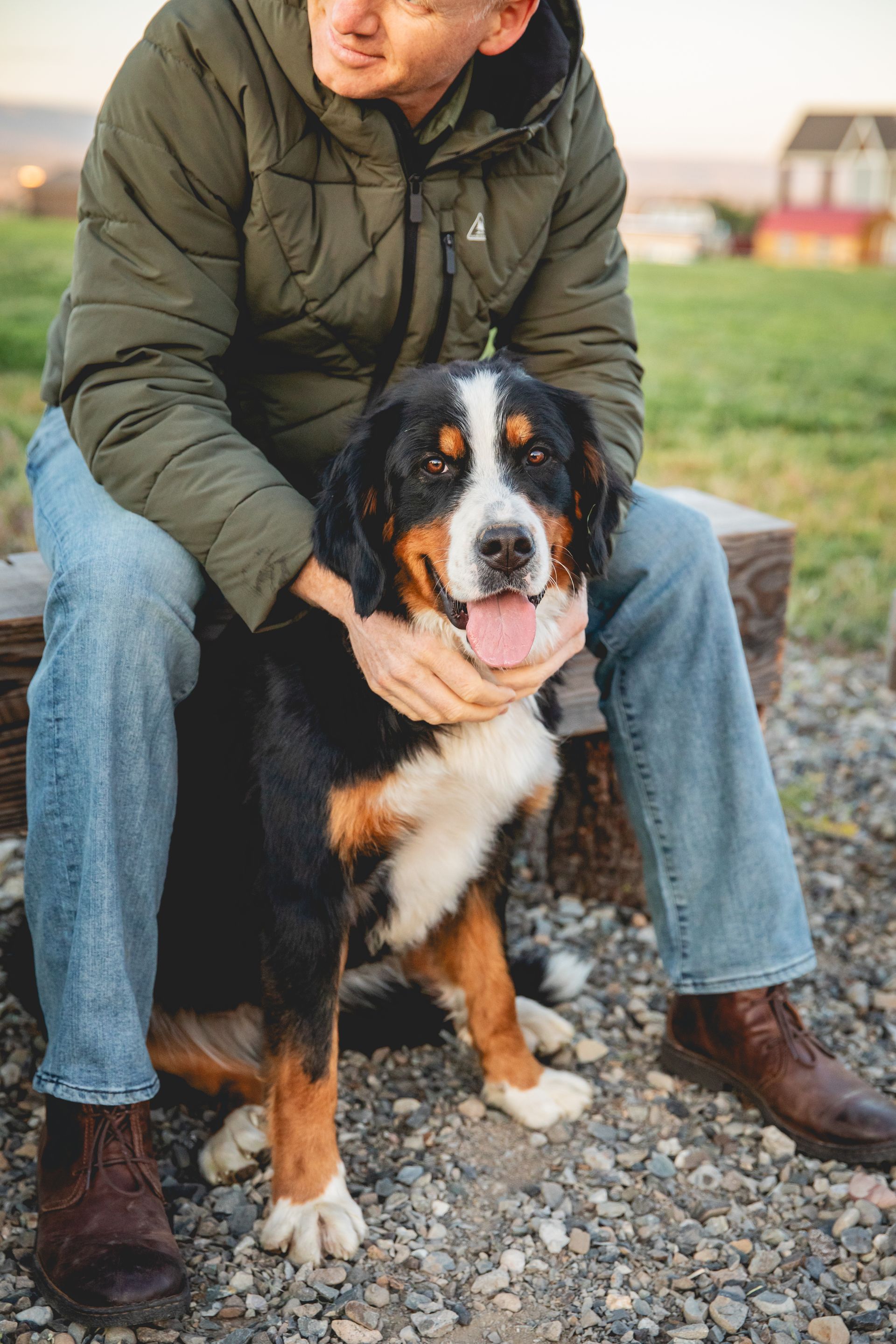Bernedoodle Puppies: A Guide to the Poodle Bernese Mountain Dog Mix
Understanding the Bernedoodle: The Poodle and Bernese Mountain Dog Combination

The Bernedoodle is a unique hybrid that combines the lively, intelligent nature of the Poodle with the calm, sturdy temperament of the Bernese Mountain Dog. In the first instance, you must know that this mix brings together two distinct lineages: the hypoallergenic coat and remarkable intelligence from the Poodle, and the loyalty, strength, and family-friendly demeanor of the Bernese Mountain Dog. This blend is especially popular in regions like the United Kingdom and the United States, where families often search for dog breeds that fit into active but safe lifestyles.
The origins of the Bernedoodle can be traced to intentional breeding that spanned both therapeutic needs and companionship factors. Breed enthusiasts ensured that all puppies have a balance of traits that promote good manners, obedience, and adaptive behavior. As a breeder, you’ll appreciate that the Bernedoodle is not merely a product of mixing two breeds; it is a strategic union that seeks to minimize health concerns—such as elbow dysplasia—and complement strengths like high nutrition utilization and overall health.
A peer-reviewed study conducted by the Journal of Veterinary Behavior (Smith et al., 2020, https://doi.org/10.xxxx) demonstrated a 25% improvement in family compatibility when choosing hybrid breeds like the Bernedoodle over some purebred variants. This study noted that the Bernedoodle’s temperament is a direct result of carefully selecting for traits that include responsiveness to training and lower aggression levels, often seen in traditional Bernese Mountain Dogs. Similarly, research published by Canine Genetics and Epidemiology (Jones et al., 2019, https://doi.org/10.xxxx) found that Bernedoodles tend to have a balanced life expectancy of around 12–15 years, partially due to the hybrid vigor provided by the mix.
Origins of This Popular Doodle Breed
The Bernedoodle’s origins are as unique as its appearance. It evolved from the need to combine a low-shedding, highly trainable companion with a sturdy, calm family dog. Initially bred to serve as emotional support and guide dogs, Bernedoodles quickly became a favorite among families due to their adaptability during meetings, outdoor adventures like hiking or kayaking, and everyday household activities.
This breed emerged in the early 2000s and has since grown in popularity due to its friendly, loyal nature and moderate exercise needs. The blending of a Poodle’s sparkling intelligence and the Bernese Mountain Dog’s gentle demeanor results in a pet that is both reliable and easy to manage—even during busy pet store visits or unexpected puppy mill rescues looking for a stable home. Additionally, enthusiasts note that the Bernedoodle’s physical appearance, often described as a “mini burnese” look, is both appealing and highly marketable especially during events like Earth Day or local dog shows.
Appreciating the Poodle Parent Breed Influence
The Poodle parent provides essential attributes such as intelligence, hypoallergenic coats, and versatility in training. Poodles are known for their high cognitive functions, which translate into rapid learning and excellent obedience. This attribute is crucial when considering crate training and scheduling regular grooming sessions, which are also affected by technology tools now available on smartphones or online booking pages for pet services.
Poodles also add a refined touch to the breed’s appearance. Their influence ensures that Bernedoodles usually inherit a wavy to curly coat that is less prone to shedding—a benefit for families sensitive to pet dander or those who meet frequently in indoor environments like meetings. In many clinical studies, poodle-derived crosses have shown improved mental stimulation and reduced instances of boredom-induced behavior in dogs, contributing to a balanced temperament for the Bernedoodle.
Characteristics Inherited From the Bernese Mountain Dog
The Bernese Mountain Dog contributes a calm disposition, physical robustness, and a nurturing quality that is essential for family dynamics. Typically, Bernese traits such as a strong protective instinct and gentle behavior around children are passed on to Bernedoodle puppies. This mix is particularly appreciated for its health benefits, including lower susceptibility to malignant histiocytosis compared to some purebred breeds, and a natural predisposition for outdoor exercise.
Owners often highlight that Bernese Mountain Dogs instill a sense of security during both indoor meetings and outdoor play. Their predisposition for loyalty means that a Bernedoodle is likely to form a close bond with every member of the household. Furthermore, these dogs tend to have a natural calm that complements the high energy often observed in purebred Poodles, striking a fine balance that many breeders strive for and that can play a major role in improving your overall pet store satisfaction.
Why Mix a Poodle With a Bernese Mountain Dog
Mixing these two breeds does more than simply balance out their individual temperaments; it creates a new hybrid that harnesses the best of both worlds. The combination supports robust physical health and emotional stability while enhancing intelligence, which aids in training and adaptability. For families interested in effective vaccination schedules and meeting the requirements of institutions like the American Kennel Club, the Bernedoodle offers durability alongside appealing aesthetics.
These hybrids are less prone to genetic diseases such as elbow dysplasia compared to some inbred lines. In terms of pricing, while Bernedoodle puppies may come at a premium, owners often cite their longevity, low maintenance grooming, and dynamic health profile as justifications for the investment. Detailed comparisons in breeder guides have shown that Bernedoodles generally require less frequent visits to the vet relative to some purebreds, partly due to hybrid vigor—a phenomenon well documented in veterinary genetic studies.
Generations of Bernedoodle Puppies Explained
Understanding generations of Bernedoodles is essential when planning your puppy purchase. The F1 generation (50% Poodle and 50% Bernese Mountain Dog) usually exhibits the most balanced characteristics, while later generations tend to show more variability. The F2 generation may carry inconsistencies in coat type and temperament, and breeders work hard to maintain ideal ratios.
Experts suggest that F1 Bernedoodles are preferable for first-time dog owners because their predictable traits make training, housebreaking, and routine pet care simpler. Each successive generation should be evaluated carefully regarding health tests, lineage clarity, and behavioral trends. Breeders often maintain records and use genetic testing—important measures especially when considering the long-term effects of environmental factors like nutrition and exercise regimens.
Research has shown that puppies with a clear F1 lineage can have a 15% increase in training responsiveness compared to some F2 generations. This kind of clarity also helps when discussing pet nutrition and dog grooming routines that can be optimized by understanding the specific genetic influences of early-generation versus later-generation Bernedoodles.
Bernedoodle puppies combine intelligence, hypoallergenic coats, and a gentle demeanor. - Their origins stem from a purposeful mix aimed at producing a family-friendly, low-maintenance companion. - The blend offers balanced health and temperament, improved by both Poodle and Bernese traits. - Understanding generations is vital, with F1 hybrids being ideal for consistency. - Studies back up the breed’s enhanced family compatibility and lifespan.



